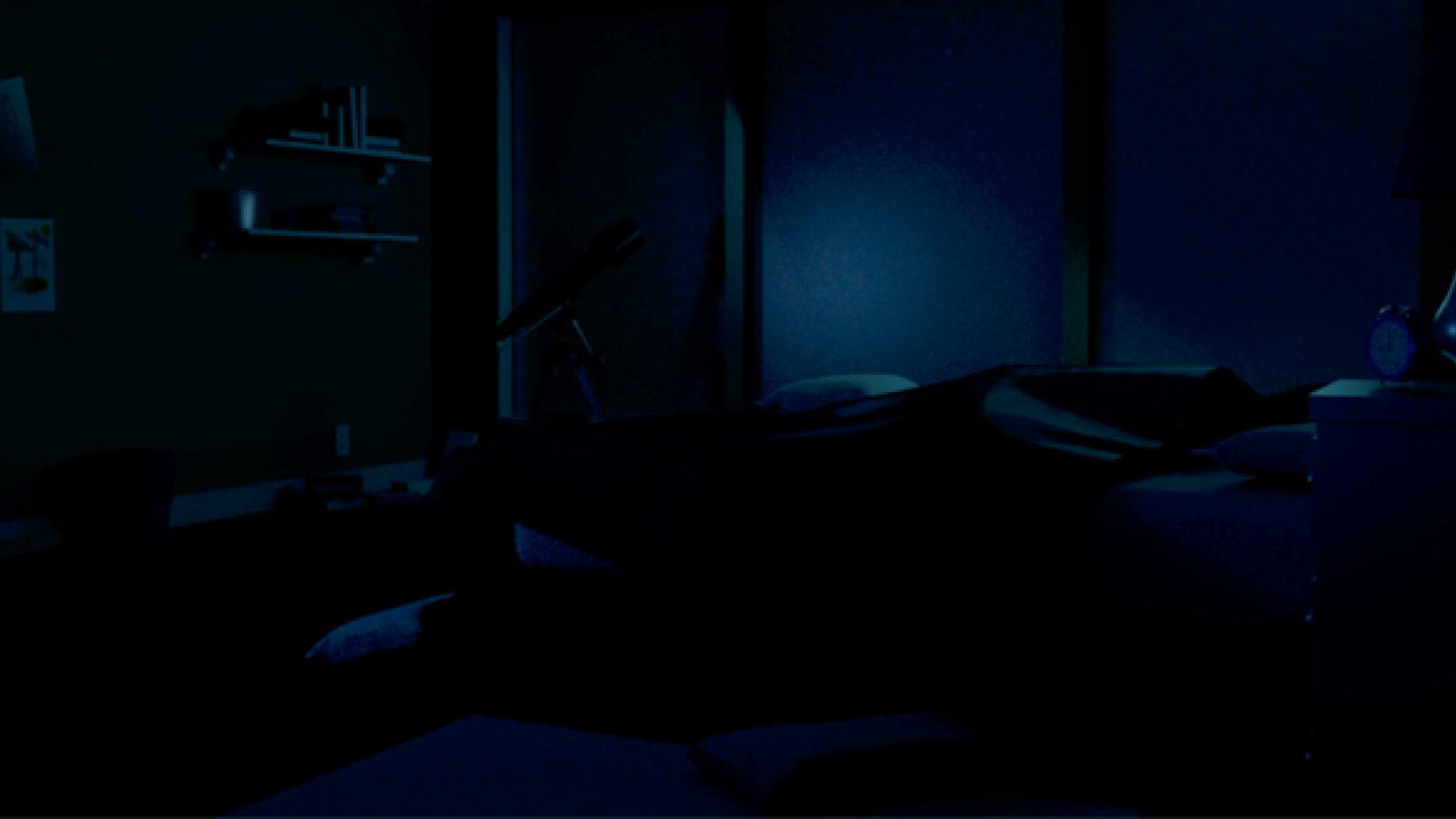Emily Subr - "Eternal Transience"
About the Artist:
Subr is a half-Korean and half-American artist, who utilizes 3D animation to explore the sociological forces impacting the perceptions of culture and gender. Through her current work of wistful and sometimes nightmarish animations, she has found gratification in uncovering the confusion of her mixed heritage, which has also led her to understand the impact environments have beyond their housing of characters and narration.
Eternal Transience
Digital Animation, 2020, 5 min 16 sec
Death. It is the one thing guaranteed to every one of us. No one knows when or how, but in many places, death has become way too familiar. War in many areas has exposed fear and normality of death to children at a young age. Diseases have presented an end as a painful and slow process that eats away at humanity physically and emotionally.
With mental disorders, feelings of persistent pressures, or immense loss, have even led to suicide. Old age is the one that a majority of us if we are lucky, will experience. Many nights, I lie awake as the anxiety of death washes over me. The clock is ticking in the darkness of night, indicating every little second vanishing from my grasp. The beautiful dreams that dance at the edge of my mind fade away into eternal terror as my mind slams against the wall that blocks me from thinking about how it will feel to die. As my heart raced at the thought of death, I try to search for the answers to loss.
Eternal Transience is a dynamic animation examining the complex ties between anxiety and depression in the face of death. The environment and its elements drive the narration. Telescopes, drawings, and patterns trigger our associations with the afterlife. Moving between scenes, the use of doors symbolize the movement of the mind through phases of internal thought from serenity to chaos. Through a third and first-person lens, audiences can switch between being an outsider to becoming an active subject in the piece. Ultimately, the work leads to no resolution but a bookend that is bound to start the cycle of helplessness and anxiety again when faced with mortality.
The animation of Eternal Transience reflects the memories of those who took their life with their own hands. Whose bodies’ cells worked to forge a path of immortality only to die in the process and those who were defeated by the test of time. However, it is more than those who have passed and the desperation they may have faced in their last moments.
This piece has made me think about how we as humans cope with loss. Loss can both break the spirit but also create unbreakable bonds and human strength. It is not an easy process, and we look towards many forms of healing. We hold funerals and ceremonies in hopes that the person dying is appropriately honored and remembered. We post messages on social media as if they are there to fill the gaps. We look at old photos holding on to those good times. In the wake of this happiness, there can be a scar embedded by those lost, which makes us fearful, regretful, and fragile.
When I think about every person I have lost over my four years as an undergraduate student, I wish that the hurtful things said could be taken back. The words I could never have spoken could have been better shared, wishing I could have been there for those in silent pain. As I reflect on those I have lost, I have also reflected on myself in hopes that I am more attentive to those who are suffering physically, mentally, or emotionally. While Eternal Transience isn’t direct and more abstract in its approach, I hope that viewers can place themselves and reflect on their loved ones and their own choices and experiences in life.

